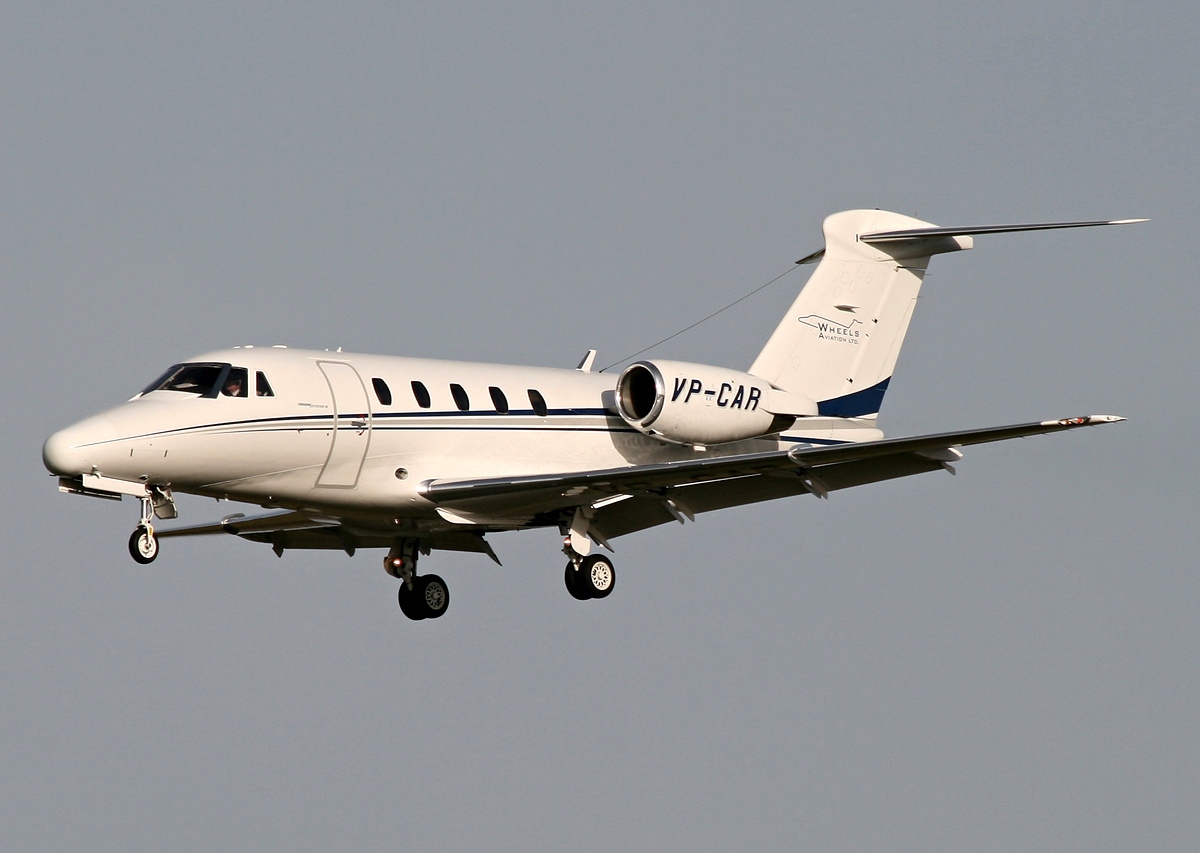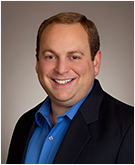A Cessna 650 flew from Oklahoma City to Tampa on Sunday. That’s not unusual. At least it attempted to land in Tampa but found that’s not where it was. It was actually trying to land at MacDill Air Force Base, as first flagged by aviation watchdog JonNYC.
“We’re at the wrrong airport” pic.twitter.com/AZCjGxDQxG
— JonNYC (@xJonNYC) November 16, 2025
This is a mid-size business jet typically flown by two pilots and seating 8 to 11 passengers. It was on short final to a runway they believed was Tampa, then realized this doesn’t look right. They called their own go-around and the controller immediately put them on a northbound heading to re-sequence.
Pilot: We’re going around, I think we’re on the wrong airport, 5-0-0 Foxtrot Romeo.
ATC: 5-0-0 Foxtrot Romeo, roger, go around, fly heading of 3-5-0, climb and maintain 3,000.
Pilot: 3-5-0, 5-0-0 Foxtrot Romeo.

Cessna Citation III, via Wikimedia Commons
MacDill Air Force Base is 4 nautical miles south of downtown Tampa and 7 to 8 south of Tampa. It’s also alongside Peter O. Knight airport, a small general aviation field on the Davis Islands with runway 4/22 that’s broadly aligned with MacDill’s runway.
Tampa is notorious for this geometry. There are three similarly-oriented runways in a line across the bay. Pilots have been confusing these for decades.
Ultimately, however ugly the approach got, the airplane ultimately landed at Tampa International not at the base. The plane later flew a return leg from Tampa to Oklahoma City the same day, and last Monday an Oklahoma City – Tampa flight that diverted back to Oklahoma City though it’s unclear why.
Relative to total flight volume this is rare, but:
- For visual approaches around clusters of similar airports, it certainly happens.
- Tampa specifically has history. An Air Force C-17 headed to MacDill accidentally landed at Peter O. Knight where the runway is only 3,500 ft.
- A Delta 727 on a scheduled flight mistakenly landed at MacDill instead of Tampa International in 1980.
In 2018 an American Airlines flight almost landed at Page Field instead of Fort Myers.
Famously, on January 12, 2014 Southwest Airlines flight 4013 landed at the wrong airport. The Boeing 737-700 was headed from Chicago Midway to Branson, Missouri, and landed 7 miles short at M. Graham Clark Downtown Airport. The crew had been cleared for runway 14 at Branson, which is 7,140 feet, but instead landed on runway 12 at Clark – only 3,738 feet long.
The aircraft stopped with only a few hundred feet of runway remaining. Takeoff the next day required careful planning and light fuel load. NTSB found the probable cause was the flight crew’s failure to properly identify the airport and runway, with contributing factors including incomplete use of navigation data and an air traffic controller giving imprecise information that didn’t clearly distinguish the two airports.
Here they were handed to Tampa Approach for sequencing. They likely accepted a visual approach. You have Tampa slightly inland with long north–south parallels. MacDill juts out into the bay to the south with a big, obvious single runway and a huge concrete footprint. And for whatever reason – fatigue, expectation bias, poor situational awareness, or just not zooming the map out – the crew identified MacDill’s runway as their destination, turned on final, and descended.

Cessna 650 Citation III, via Wikimedia Commons
Somewhere on short final they must have noticed their instruments (‘uhh this localizer/GS doesn’t match’), noticed the environment, or were prodded by the controller: ‘We’re going around, I think we’re on the wrong airport.’ Approach issueed standard go-around vectors (heading 350, climb 3,000), re-sequenced them to the correct field, and 10–15 minutes later they landed at Tampa.
You’d think this wouldn’t happen with modern technology, but humans still override tech. Visual approaches rely heavily on human pattern recognition (see runway, land runway). For this specific case, safety risk was limited. Landing a mid-size Citation on MacDill’s 11,000-foot runway would not be a runway-length issue. The real safety concern is airspace and traffic conflict with military operations.
Confusing MacDill with Peter O. Knight is another issue since the runway there is just 3,500 feet and hemmed in by water and houses. Actually landing at MacDill though would have been quite the experience, since they’d have been met by armed security and the plane held while investigators talk to crew and figure out what went wrong. It would have meant a formal investigation.


Don’t forget when a Dreamliner landed at the wrong airport in Wichita.
https://simpleflying.com/boeing-747-dreamlifter-wrong-airport/
Oof. Would not wanna mess with MacDill. Great way to get shot outta the sky. Yikes.
@Lane Sekavec — More like, ‘which-it-aww,’ as the pilots must’ve been saying to themselves as they landed at the wrong airport…(Which airport? Is that it? Aww…shoot.)
Happens every so often when pilots flying into Rapid City line up for Ellsworth AFB, as well.